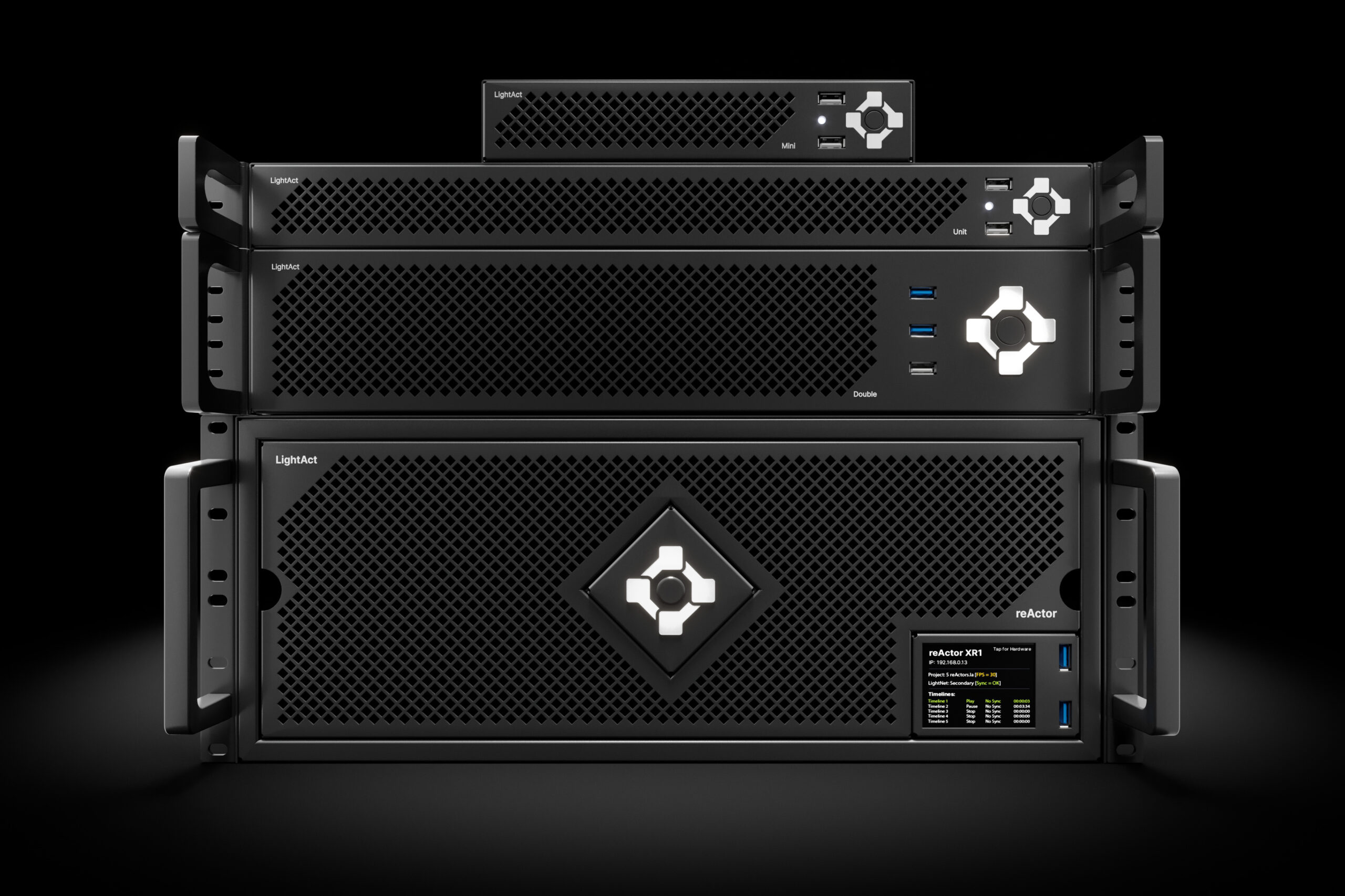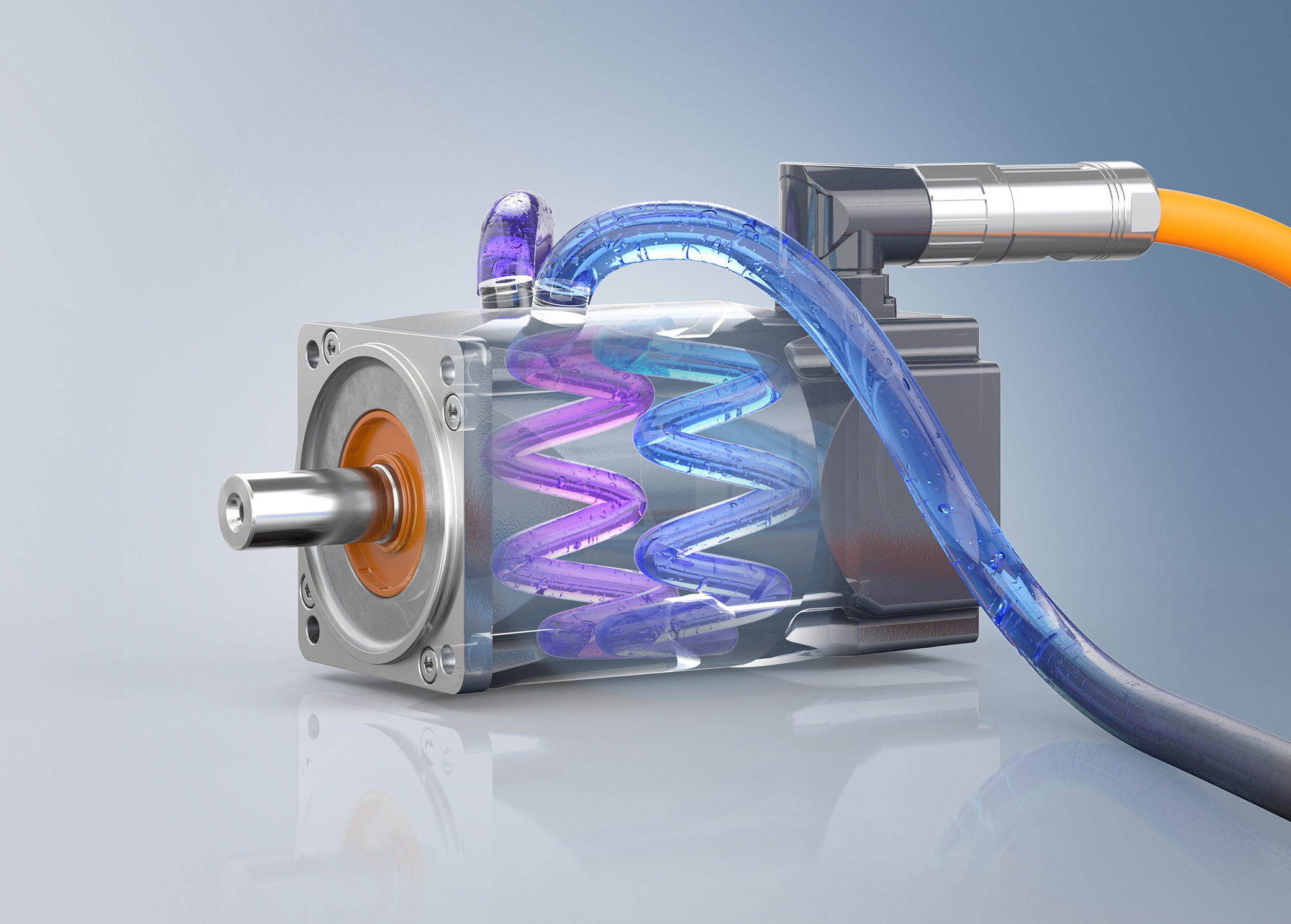The idea for Kling-Net is to allow for automatic configuration and connection of display devices to a computer; to let display devices be used for auto configuration; to ensure time synchronization of multiple display devices, to send video to display devices without having to use costly video converters, and to create a heterogenic network of display devices from different manufacturers, all controlled by a computer.
Kling-Net is designed to make LED fixtures, in particular, easier to work with. It adds a layer of “intelligence” to various LED devices, enabling them to “talk” to a media server, and with automatic configuration, setup is easier.
Kling-Net’s auto configuration capabilities allow for a large mixture of devices to be controlled by the same media server, and lets users bypass the need to create and match profiles between the media server and each individual device.
At power-up, the LED devices are detected and configured automatically by Kling-Net before sending their resolution and pixel format to the media server. The media server can then read and change parameters from the device, streamlining the process and keeping errors to a minimum.
Once a device is registered to a media server, it will start receiving video frames, mapped by the user onto the media server’s display, in real-time. Because the media server performs the image clipping and transformation and generates the correct pixel format, the work to be done by the display device is minimal. And because the media server does all the work, video will still run at a smooth 60 FPS.
In order to allow auto-configuration of display devices, some intelligence needs to be added to standard LED devices. A small micro controller is used to implement the support of a few network messages exchanged with the media server.
Network messages are managed by the media server and sent as either Broadcast or Unicast messages, with the default being Unicast to optimize the amount of “traffic” and minimize the load of the receiver. Kling-Net also has error recovery that lets the media server automatically reconnect.
Kling-Net has been designed to work with as many manufacturers’ LED products as possible. It relies on a source code to transform even the most simple LED device into an intelligent Kling-Net device.
Kling-Net can be embedded in any manufacturer’s product under license from ArKaos.
The first company to license ArKaos Kling-Net was Highlite International BV of The Netherlands. Kling-Net has been incorporated it into two new, dedicated products, known as Pixel Strip P25 and Pixel Batten P25.
Also launched at PLASA, Pixel Strip P25 is a 1m x 3cm LED strip of 40 pixels and Pixel Batten P25, a 1m x 15cm batten of 160 pixels. The new protocol means these fixtures can be connected, via a standard RJ45 cable, directly to a laptop running MediaMaster Express.
Pixel Strip P25 and Pixel Batten P25 will be displayed at PLASA on the Highlight stand (1-F10). Plans call for a Kling-Net controlled dance floor to be released by the end of 2011.
For more information, please visit www.kling-net.com.


